Home>Gardening & Outdoor>Landscaping Ideas>When To Cut My Grass
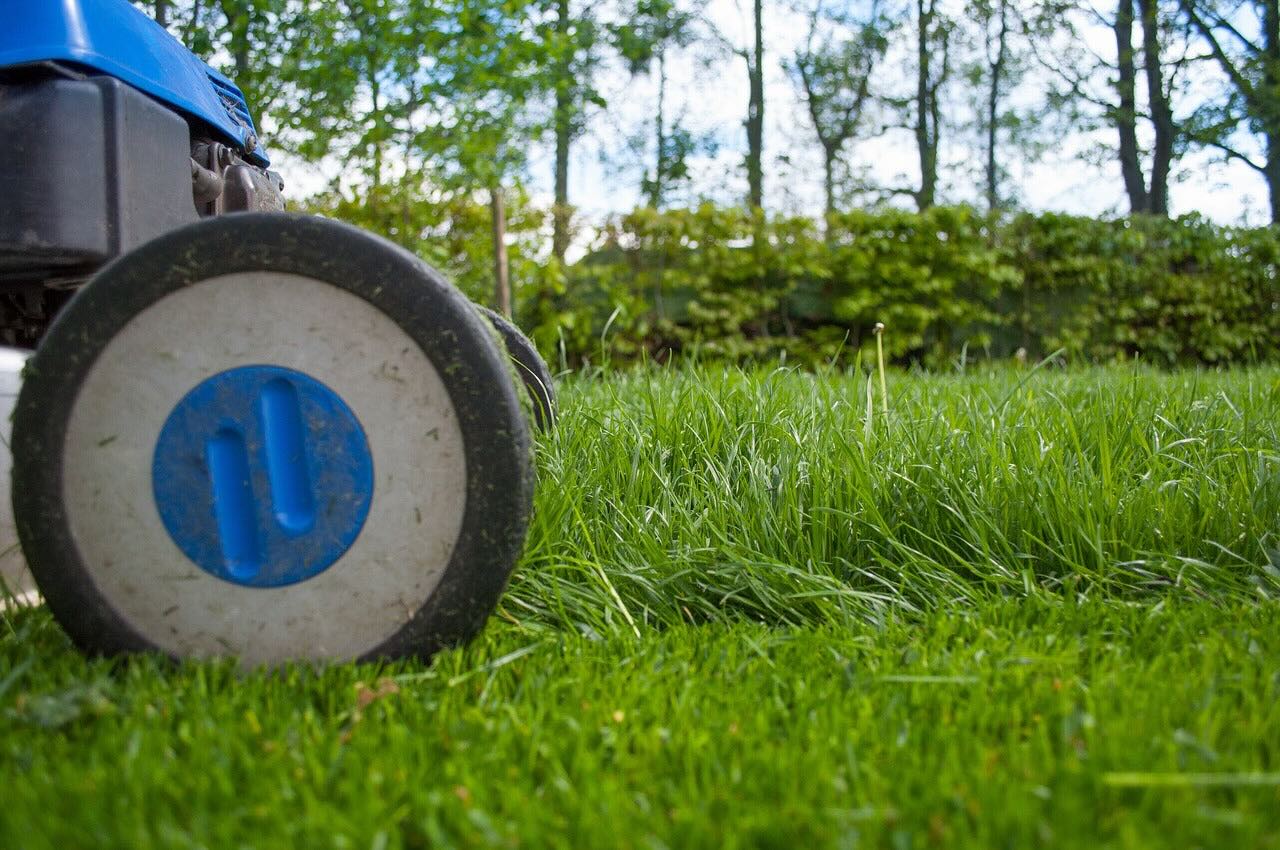

Landscaping Ideas
When To Cut My Grass
Modified: August 17, 2024
Looking for landscaping ideas? Learn when to cut your grass and keep your lawn looking its best with our expert tips and advice. Discover the best time to maintain your lawn for a healthy, vibrant yard.
(Many of the links in this article redirect to a specific reviewed product. Your purchase of these products through affiliate links helps to generate commission for Storables.com, at no extra cost. Learn more)
Best Time to Cut Grass
The best time to cut grass is in the late morning or early evening when the weather is cooler. This is typically between the hours of 10 a.m. and 3 p.m. Mowing during these times helps to avoid the heat of the day, which can cause stress to both the person doing the mowing and the grass itself. Additionally, cutting the grass when it's wet from morning dew or irrigation can lead to an uneven cut and potential damage to the lawn mower.
Mowing during the late morning or early evening allows the grass to recover more quickly from the stress of being cut. This is because the grass has had time to dry from the morning dew, and it can take advantage of the cooler temperatures and higher humidity to begin the healing process. Cutting the grass during these optimal times also reduces the risk of causing damage to the grass, as the blades are less likely to tear or become stressed from the mowing process.
In addition to considering the time of day, it's important to take into account the season when determining the best time to cut grass. During the spring and fall, when the grass is actively growing, it's best to mow more frequently, typically every 5-7 days. In the summer, when the growth rate slows due to heat stress, mowing can be done less frequently, around every 10-14 days. Understanding the seasonal growth patterns of the grass helps in determining the most appropriate mowing schedule.
Moreover, it's crucial to be mindful of the weather forecast when planning to mow the lawn. Avoid mowing during extremely hot, dry, or rainy conditions, as these can be detrimental to the health of the grass. Instead, aim to mow when the weather is mild and the grass is dry to ensure a clean and even cut.
By considering these factors and timing the mowing sessions accordingly, one can maintain a healthy and vibrant lawn while minimizing stress on both the grass and the individual responsible for its upkeep.
Key Takeaways:
- Best Time to Cut Grass
Mow in the late morning or early evening to avoid the heat and help the grass recover faster. Consider the season and weather forecast for a healthy lawn. - Tips for Cutting Grass
Follow the one-third rule, vary mowing patterns, and maintain mower height for a healthy lawn. Also, trim edges and time mowing sessions wisely.
Read more: When To Start Cutting My Grass
Factors to Consider Before Cutting Grass
Before embarking on the task of cutting grass, several essential factors should be taken into consideration to ensure the optimal health and appearance of the lawn. These factors play a crucial role in determining the frequency, technique, and overall success of the mowing process.
-
Grass Height: The height at which the grass should be cut varies depending on the type of grass and the season. It's important to adhere to the recommended mowing height for the specific grass species to promote healthy growth and discourage weed infestation.
-
Blade Sharpness: Sharp mower blades are essential for a clean and precise cut. Dull blades can tear the grass, leaving it vulnerable to diseases and discoloration. Regularly sharpening or replacing the mower blades is vital for maintaining a well-groomed lawn.
-
Soil Moisture: Cutting grass when the soil is excessively wet can lead to soil compaction and damage to the grass roots. It's advisable to avoid mowing immediately after heavy rainfall or irrigation to prevent soil compression and potential harm to the grass.
-
Weather Conditions: Monitoring the weather forecast is crucial before mowing the lawn. It's best to avoid mowing during extremely hot, dry, or rainy conditions, as these can stress the grass and impede its recovery. Optimal mowing conditions include mild temperatures and dry grass.
-
Mowing Frequency: Understanding the growth patterns of the grass is essential for determining the frequency of mowing. During the active growth periods in spring and fall, more frequent mowing is necessary, while in the summer, when growth slows, mowing can be less frequent.
-
Debris Removal: Clearing the lawn of debris, such as branches, toys, or rocks, before mowing is crucial for safety and to prevent damage to the mower. Additionally, removing debris ensures an even cut and prevents potential hazards.
-
Mower Maintenance: Regular maintenance of the lawn mower, including checking the oil, air filter, and spark plug, is essential for optimal performance. Ensuring that the mower is in good working condition contributes to a more efficient and effective mowing process.
By carefully considering these factors before cutting the grass, one can maintain a healthy and visually appealing lawn while minimizing the risk of damage and promoting the overall well-being of the grass.
Tips for Cutting Grass
When it comes to maintaining a lush and vibrant lawn, the process of cutting grass plays a pivotal role in ensuring its health and visual appeal. Implementing the following tips can significantly enhance the effectiveness and outcomes of the mowing process:
1. Adhere to the One-Third Rule
It is essential to follow the one-third rule, which stipulates that no more than one-third of the grass blade should be removed in a single mowing session. Abiding by this rule prevents stress on the grass and promotes healthy regrowth. Additionally, leaving the clippings on the lawn can provide natural nutrients to the soil, contributing to its overall health.
2. Alternate Mowing Patterns
Varying the mowing direction and pattern with each session helps prevent soil compaction and the development of ruts in the lawn. Alternating the mowing direction also encourages the grass blades to grow more upright, resulting in a more even and aesthetically pleasing appearance.
Read more: When To Cut Liriope Grass
3. Maintain Mower Height
Adjusting the mower height according to the season and grass type is crucial for optimal lawn maintenance. During the active growth periods in spring and fall, the mower should be set to a higher cutting height to promote root development and shade the soil, reducing moisture loss. In contrast, in the summer, when the growth rate slows, a lower cutting height can help prevent thatch buildup and weed infestation.
4. Trim the Edges
Trimming the edges of the lawn with a string trimmer or edger provides a polished and well-maintained look. Neatly trimmed edges create a defined boundary between the lawn and other landscaping elements, enhancing the overall aesthetic appeal of the outdoor space.
5. Regular Mower Maintenance
Routine maintenance of the lawn mower, including sharpening the blades, checking tire pressure, and cleaning the undercarriage, is essential for optimal performance. A well-maintained mower ensures a clean and precise cut, reducing stress on the grass and promoting its overall health.
6. Time Mowing Sessions Appropriately
As previously mentioned, scheduling mowing sessions during the late morning or early evening when the weather is cooler is ideal. This timing minimizes stress on both the grass and the individual mowing the lawn, contributing to a more effective and enjoyable mowing experience.
By incorporating these tips into the grass-cutting routine, individuals can maintain a healthy, vibrant, and visually appealing lawn while promoting the overall well-being of the grass. These practices not only contribute to the aesthetic value of the outdoor space but also ensure the long-term health and sustainability of the lawn.
Read more: When To Cut Your Grass
Conclusion
In conclusion, understanding the best time to cut grass and the essential factors to consider before mowing are fundamental to maintaining a healthy and visually appealing lawn. By adhering to the recommended mowing times, such as the late morning or early evening, individuals can minimize stress on the grass and promote efficient recovery. Additionally, taking into account the seasonal growth patterns, weather conditions, and soil moisture further contributes to the overall well-being of the lawn.
Furthermore, the meticulous consideration of factors such as grass height, blade sharpness, and mowing frequency is crucial for achieving optimal results. Adhering to the one-third rule, alternating mowing patterns, and maintaining the mower height according to the season and grass type are key practices that promote healthy regrowth and prevent stress on the grass.
Moreover, the incorporation of regular mower maintenance, including blade sharpening and tire pressure checks, ensures that the mowing process is efficient and effective. Trimming the edges of the lawn and timing mowing sessions appropriately also contribute to the overall aesthetic appeal and health of the grass.
By implementing these practices, individuals can not only maintain a visually appealing lawn but also contribute to the long-term health and sustainability of the outdoor space. The careful consideration of these factors and the implementation of best practices in grass cutting ultimately lead to a vibrant, healthy, and well-maintained lawn that enhances the overall beauty of the landscape.
In essence, the art of cutting grass extends beyond mere maintenance; it is a fundamental aspect of nurturing and preserving the natural beauty of outdoor spaces. By embracing these principles and integrating them into the grass-cutting routine, individuals can cultivate a thriving and visually captivating lawn that serves as a testament to their dedication to landscape care and environmental stewardship.
Frequently Asked Questions about When To Cut My Grass
Was this page helpful?
At Storables.com, we guarantee accurate and reliable information. Our content, validated by Expert Board Contributors, is crafted following stringent Editorial Policies. We're committed to providing you with well-researched, expert-backed insights for all your informational needs.

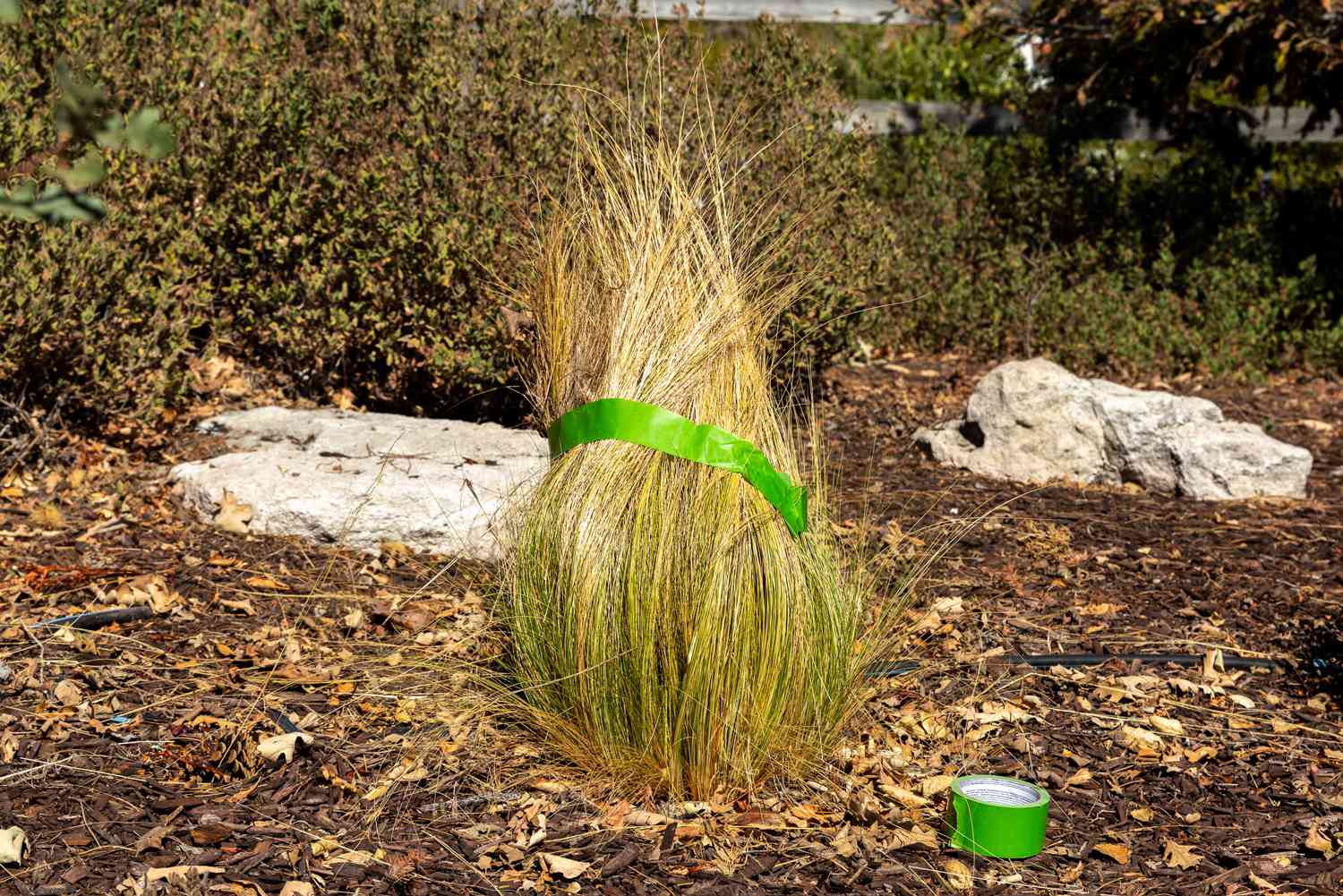
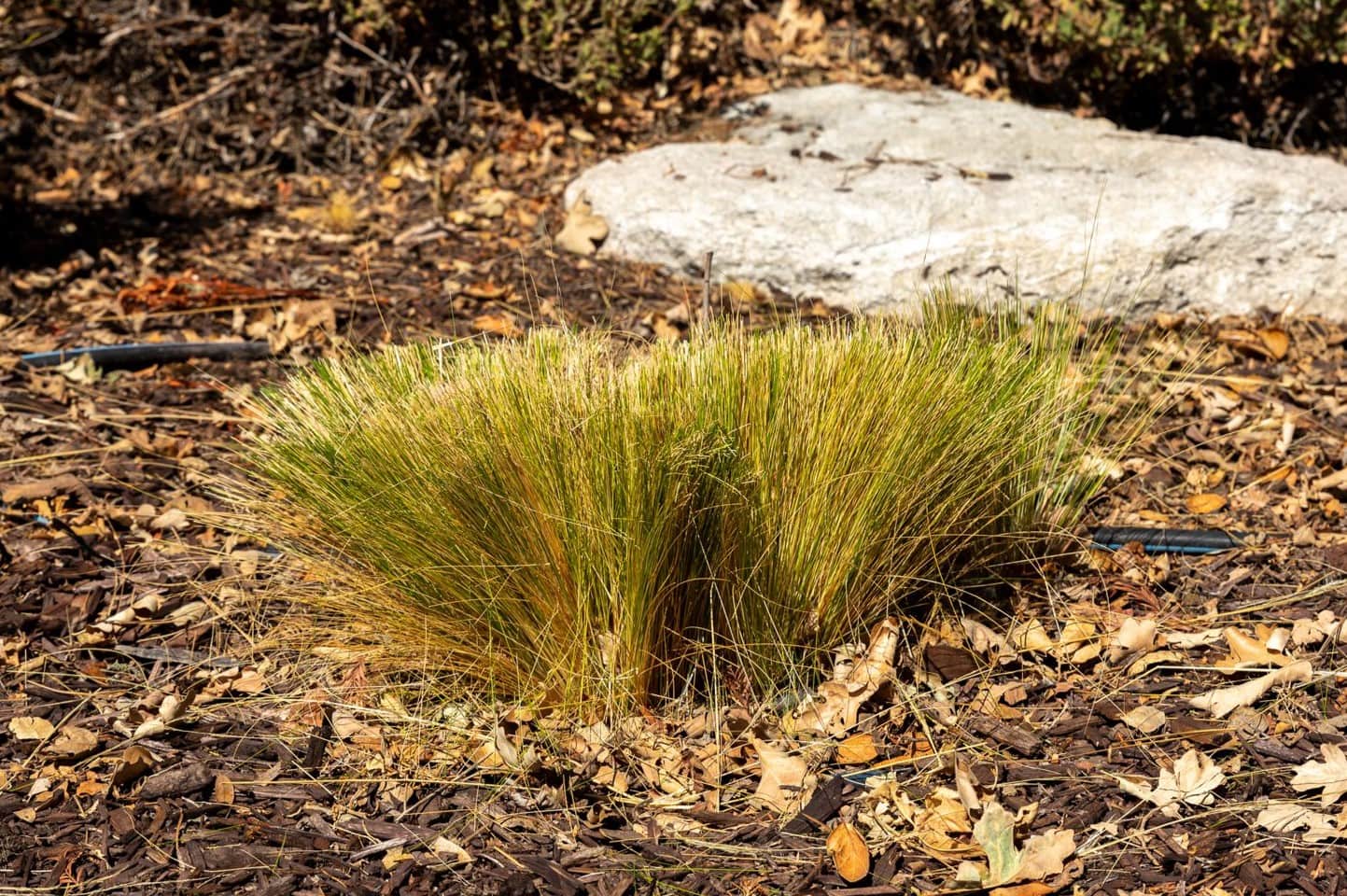
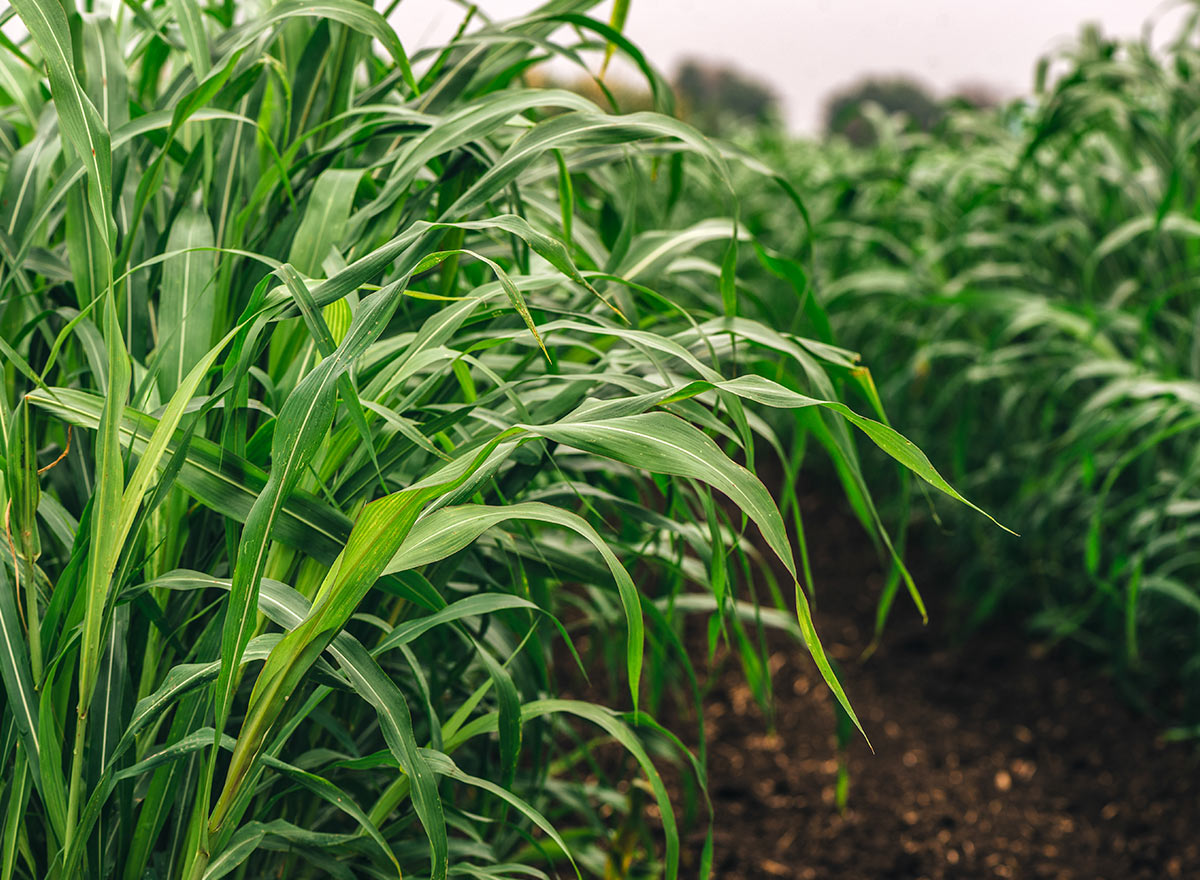
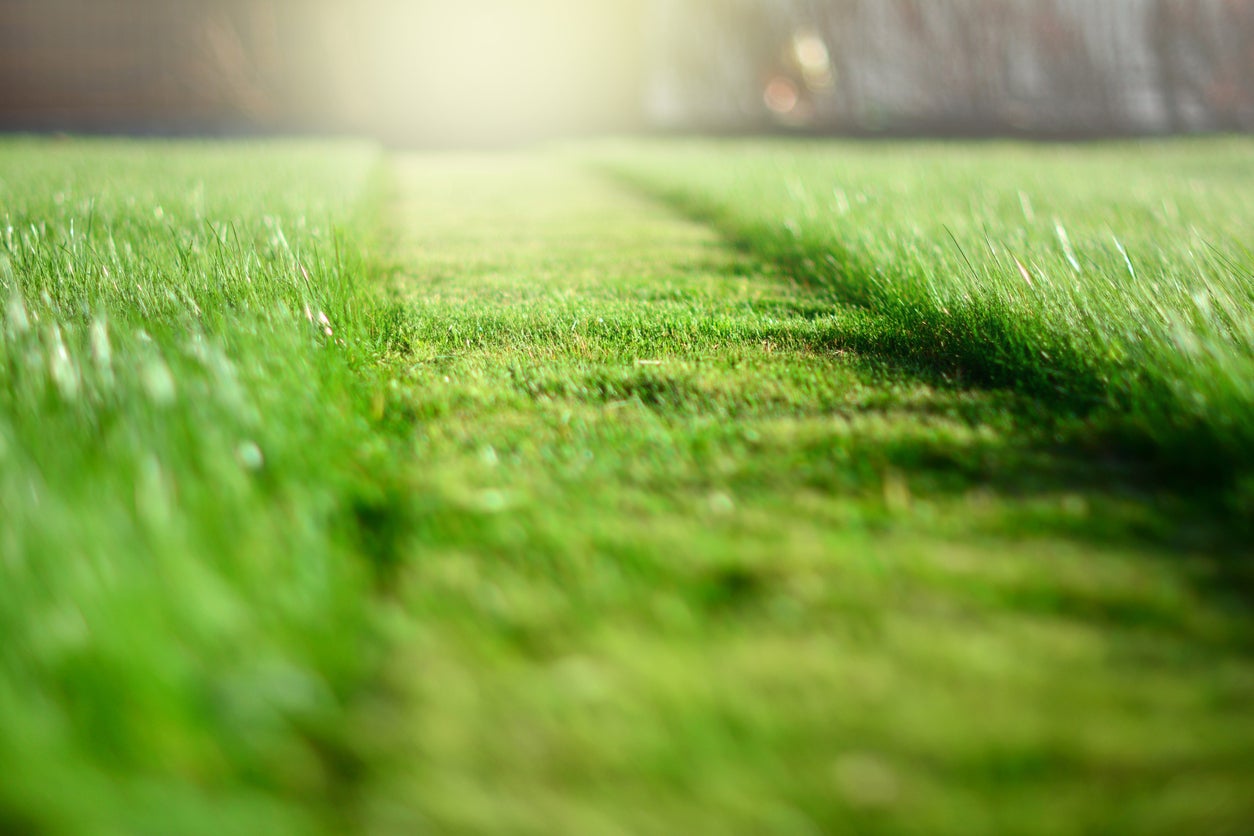
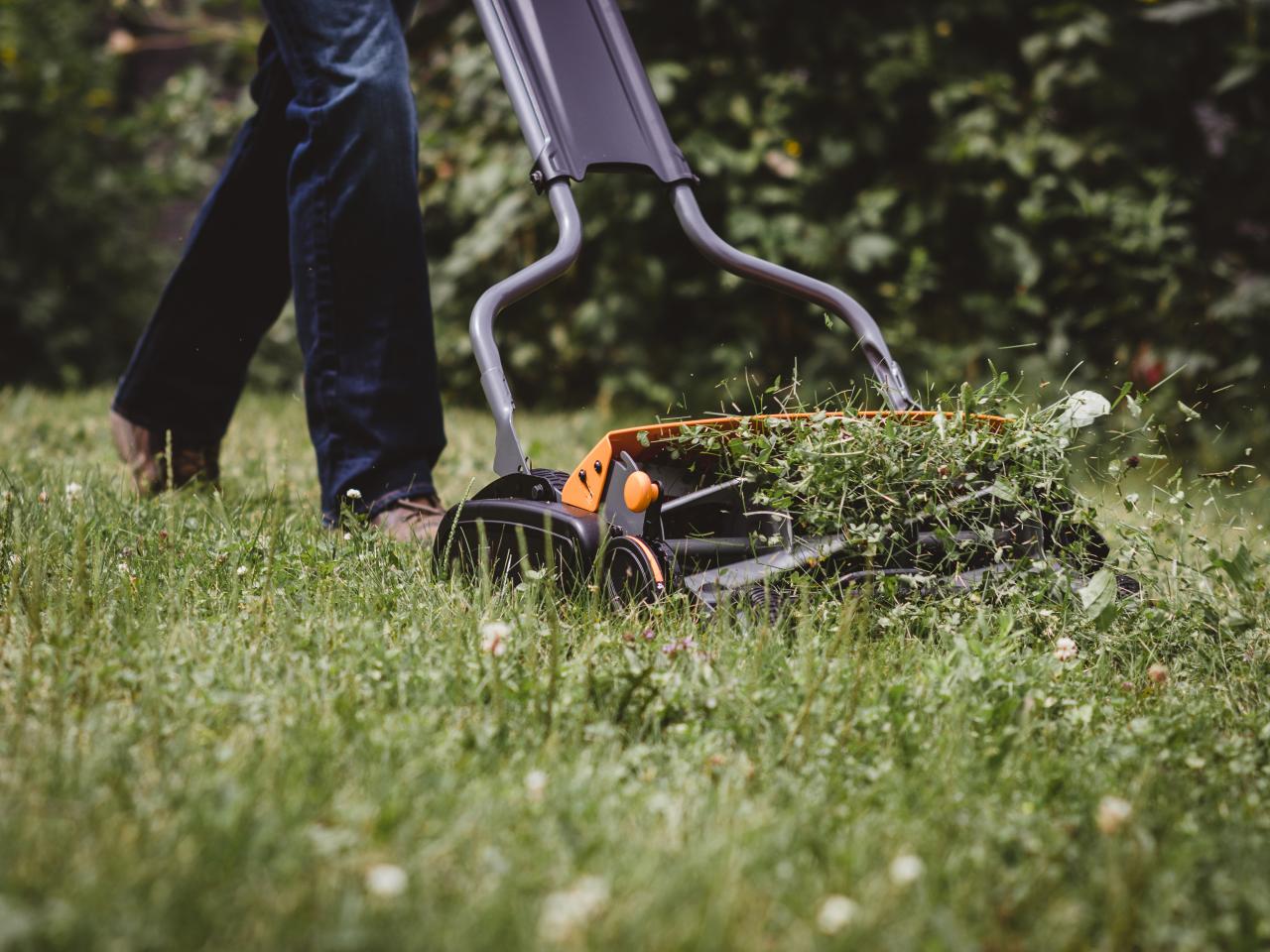
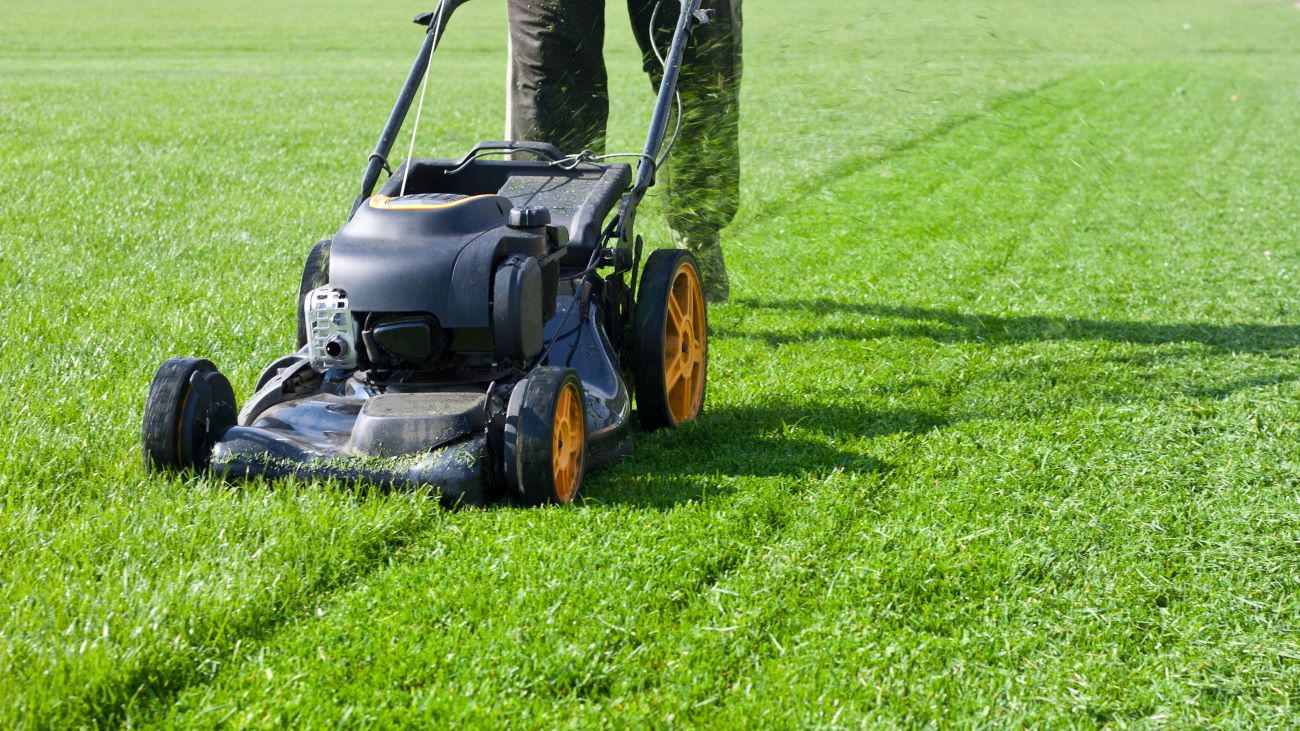
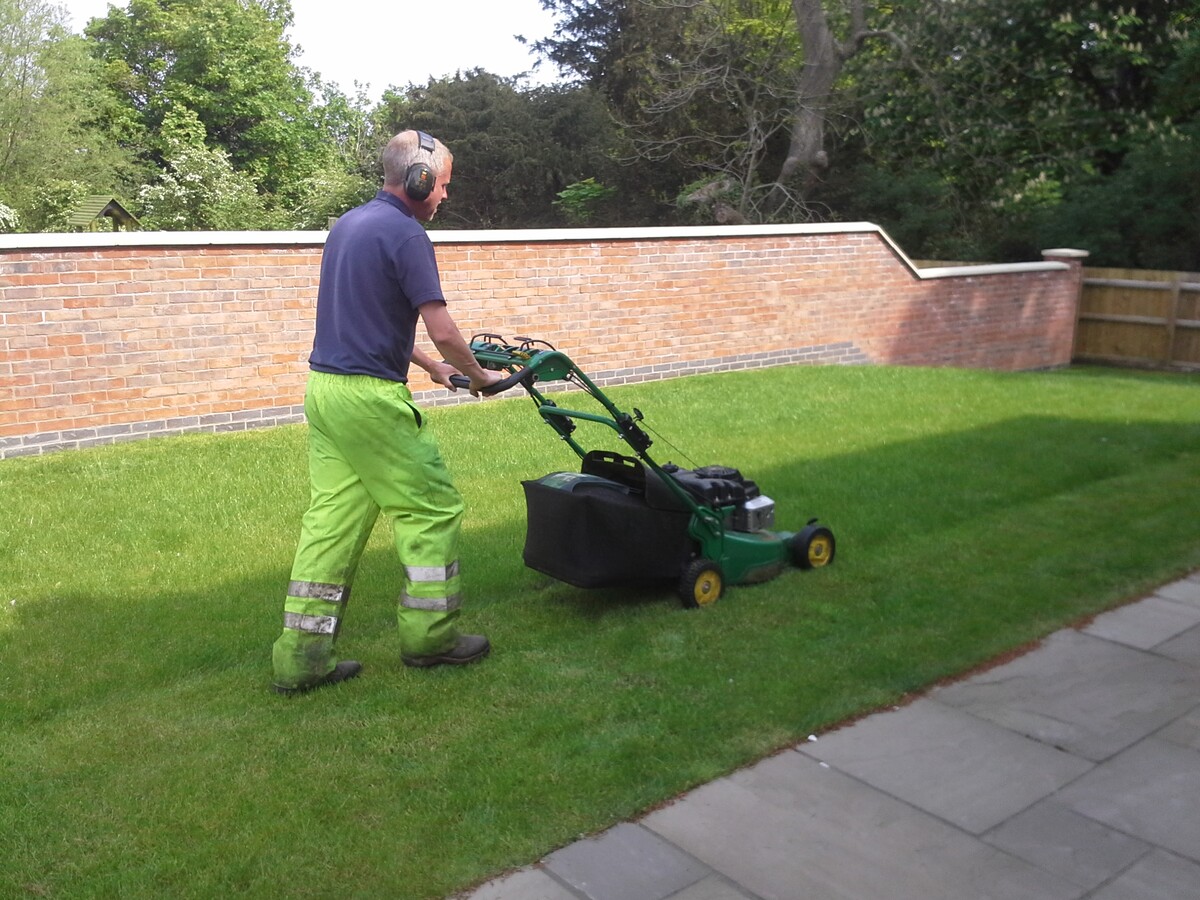
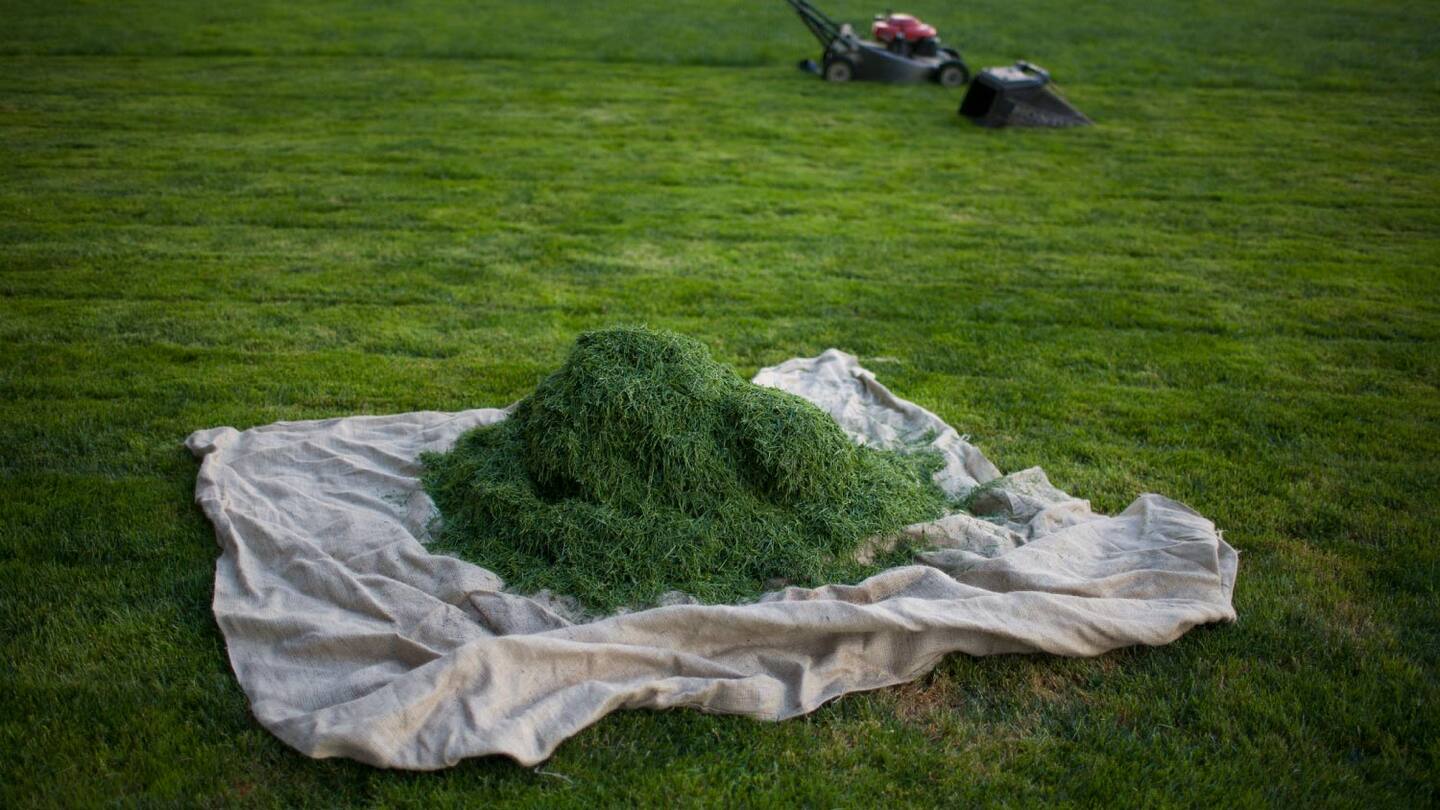
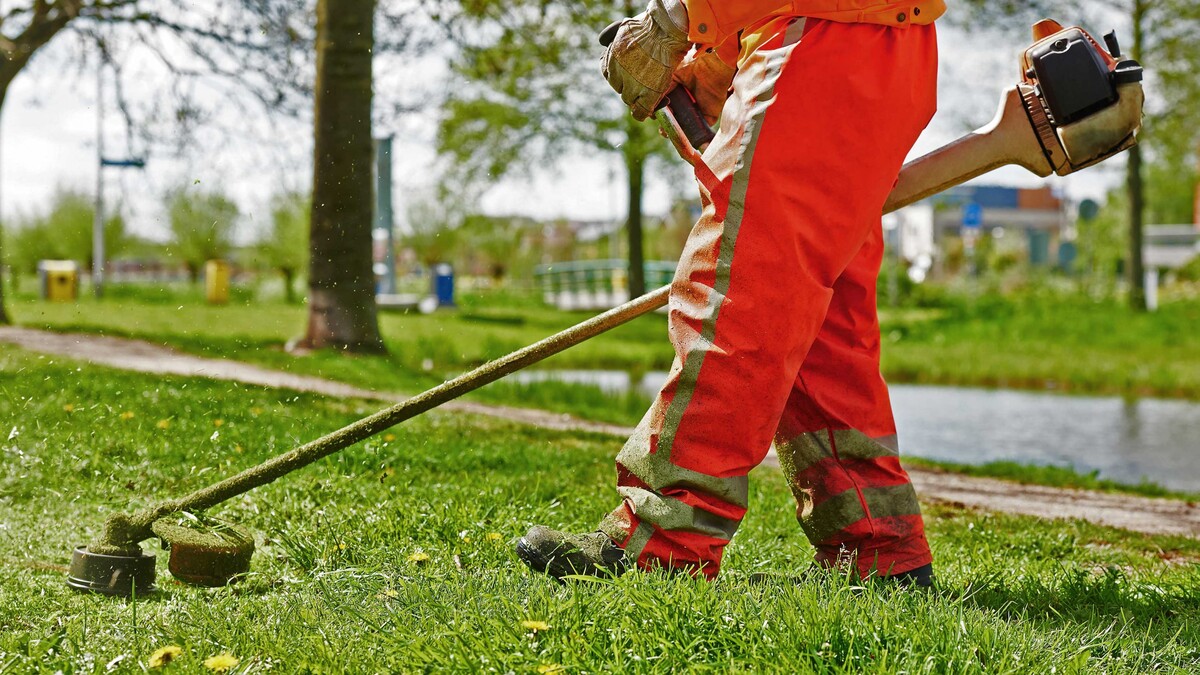
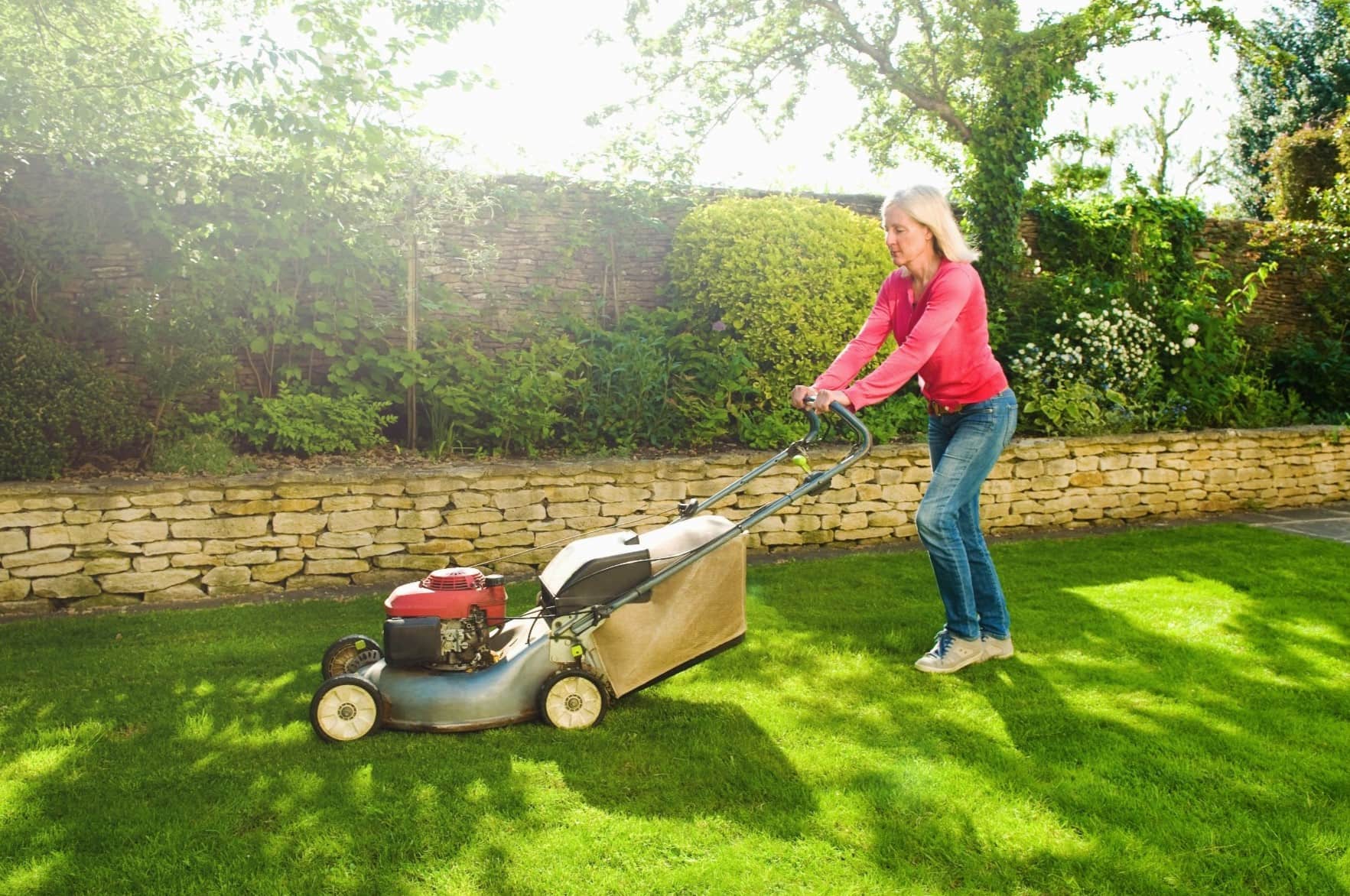
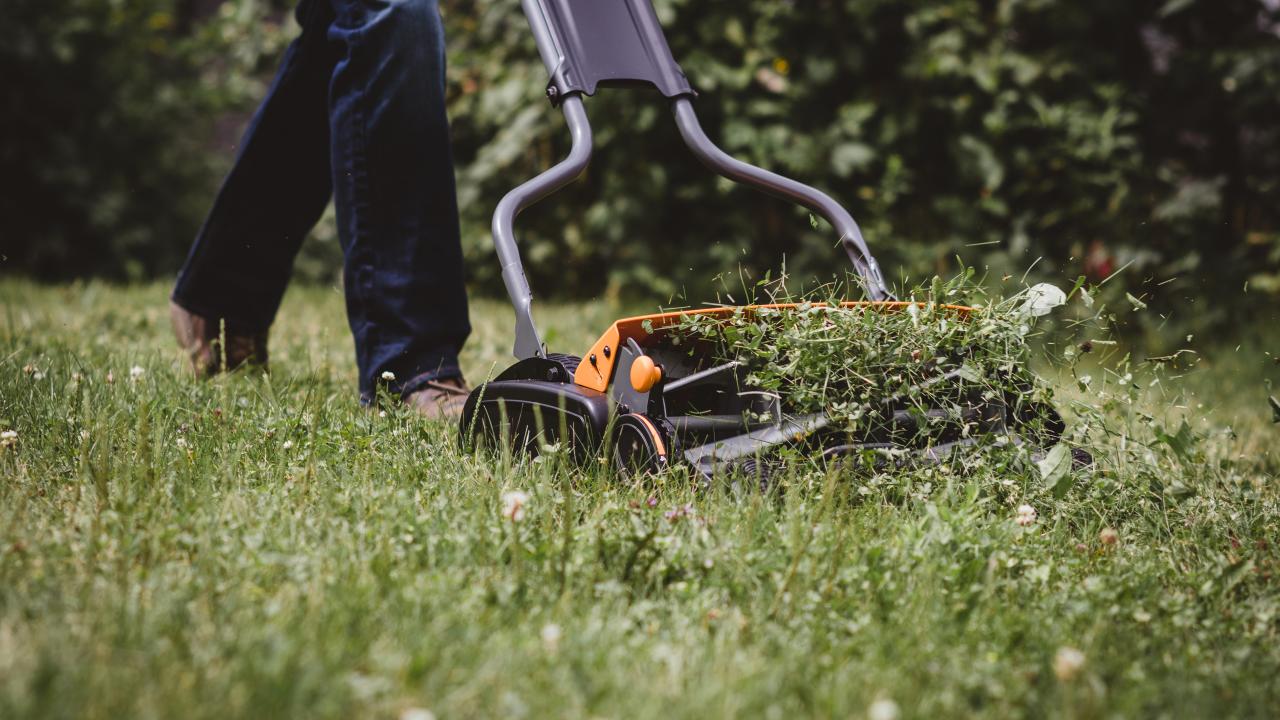
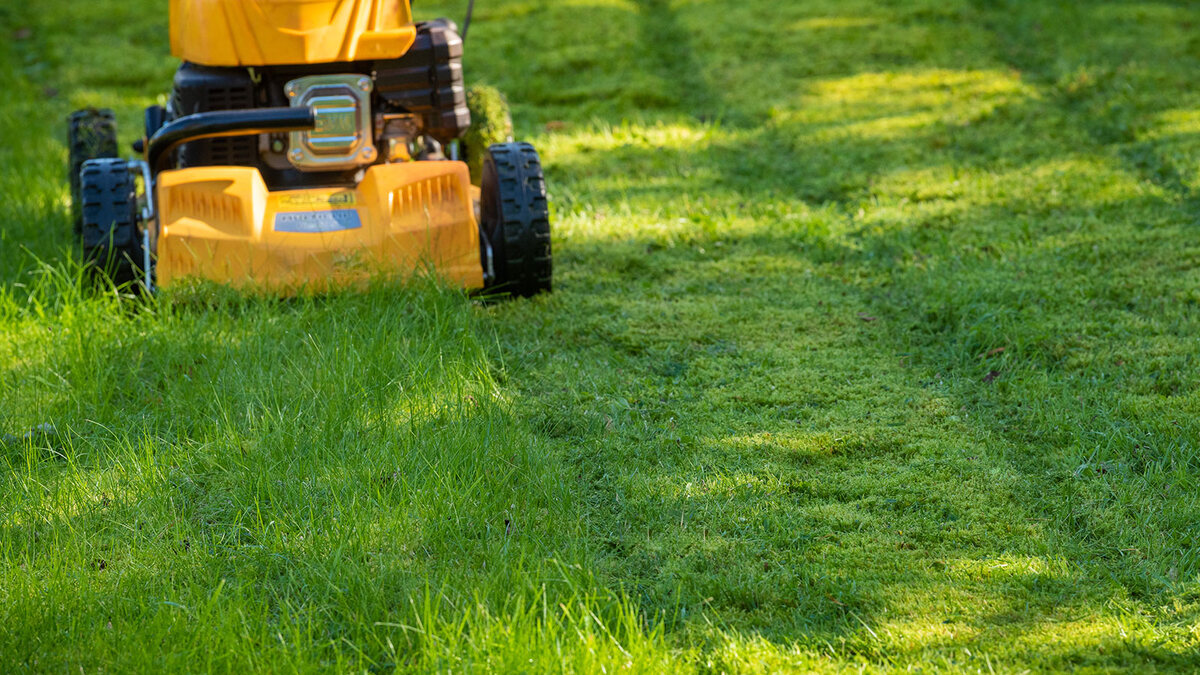

0 thoughts on “When To Cut My Grass”